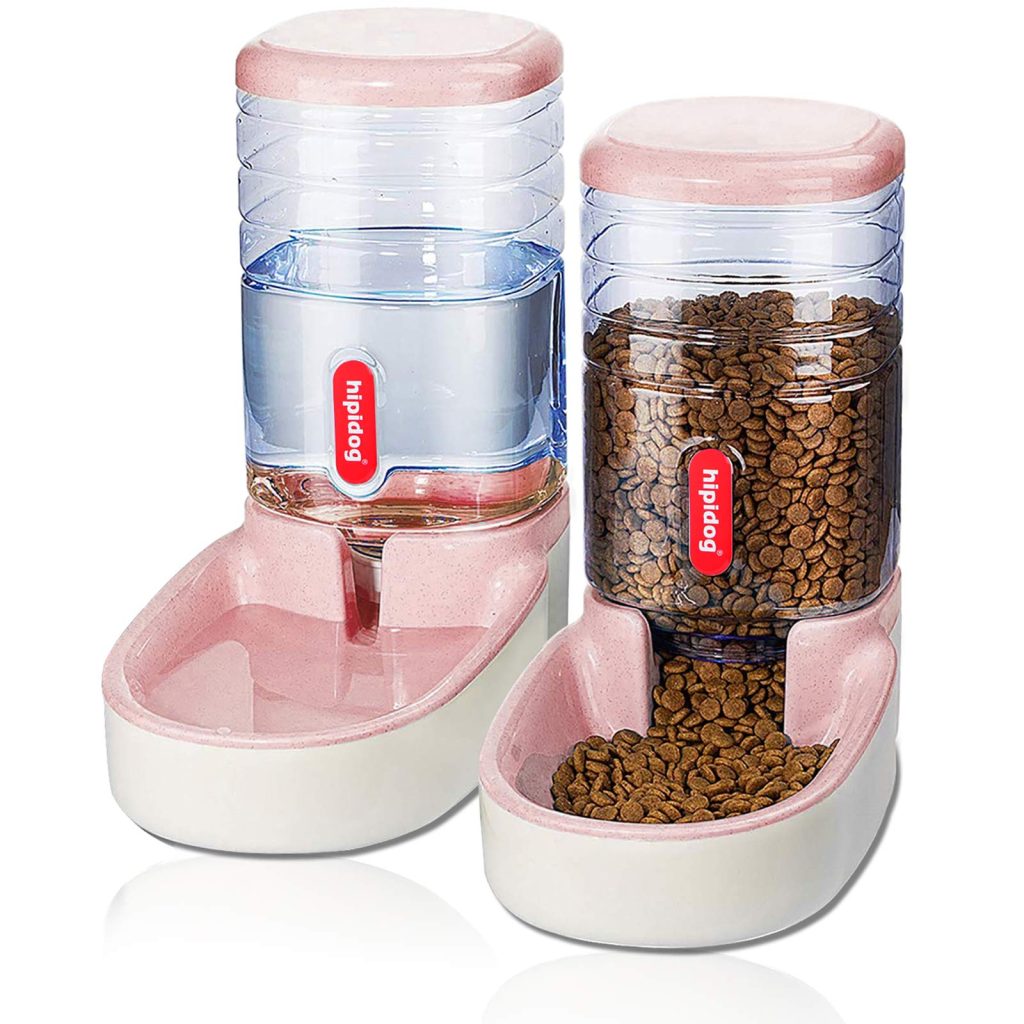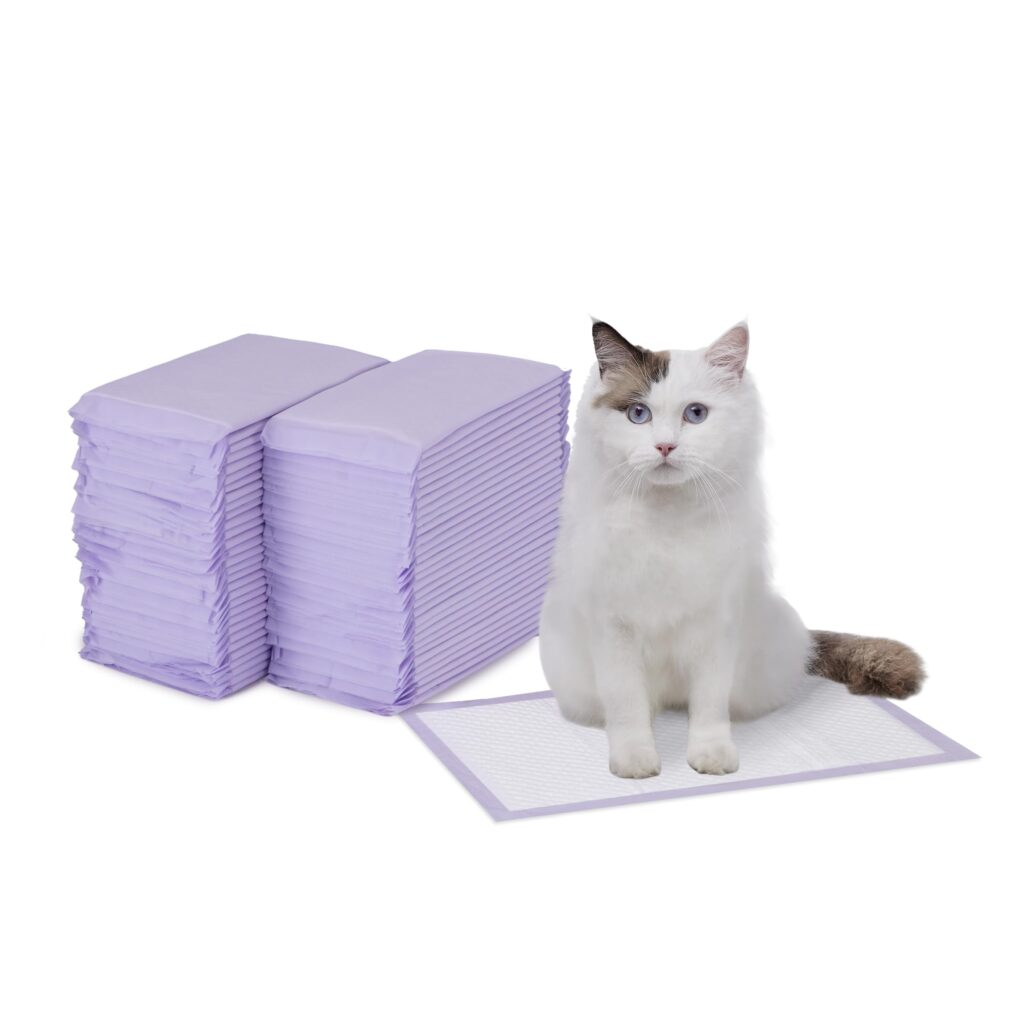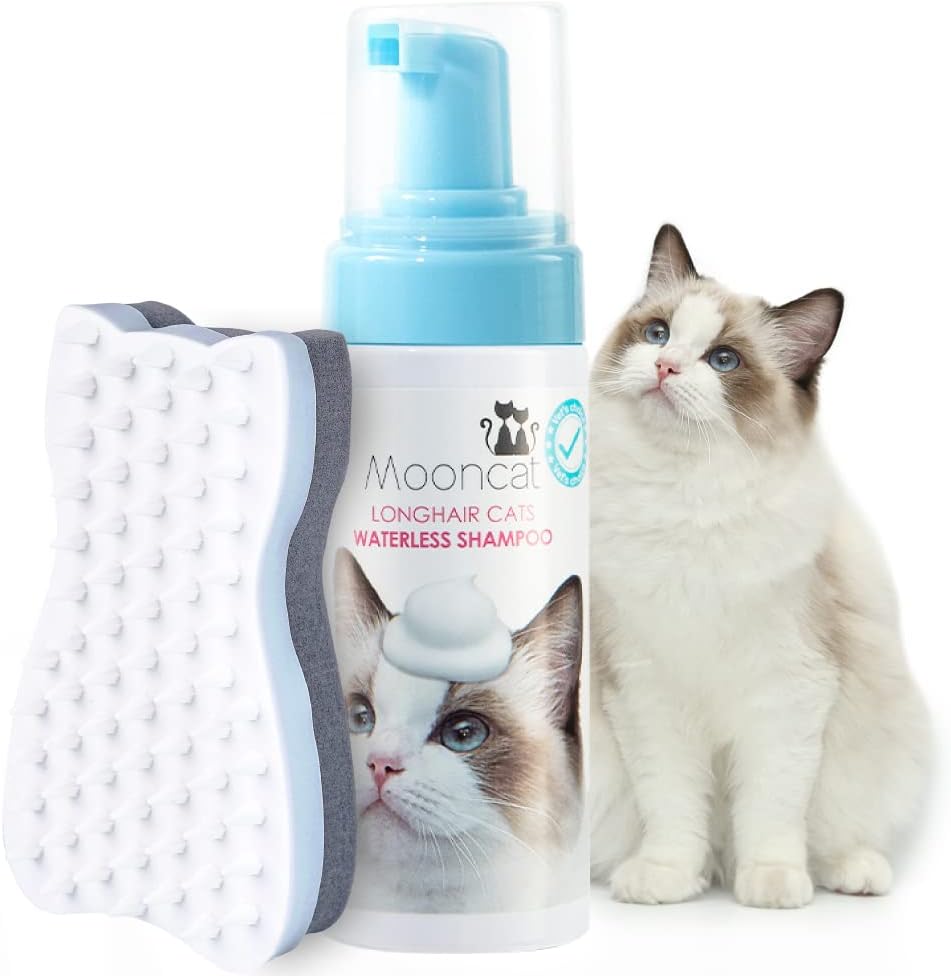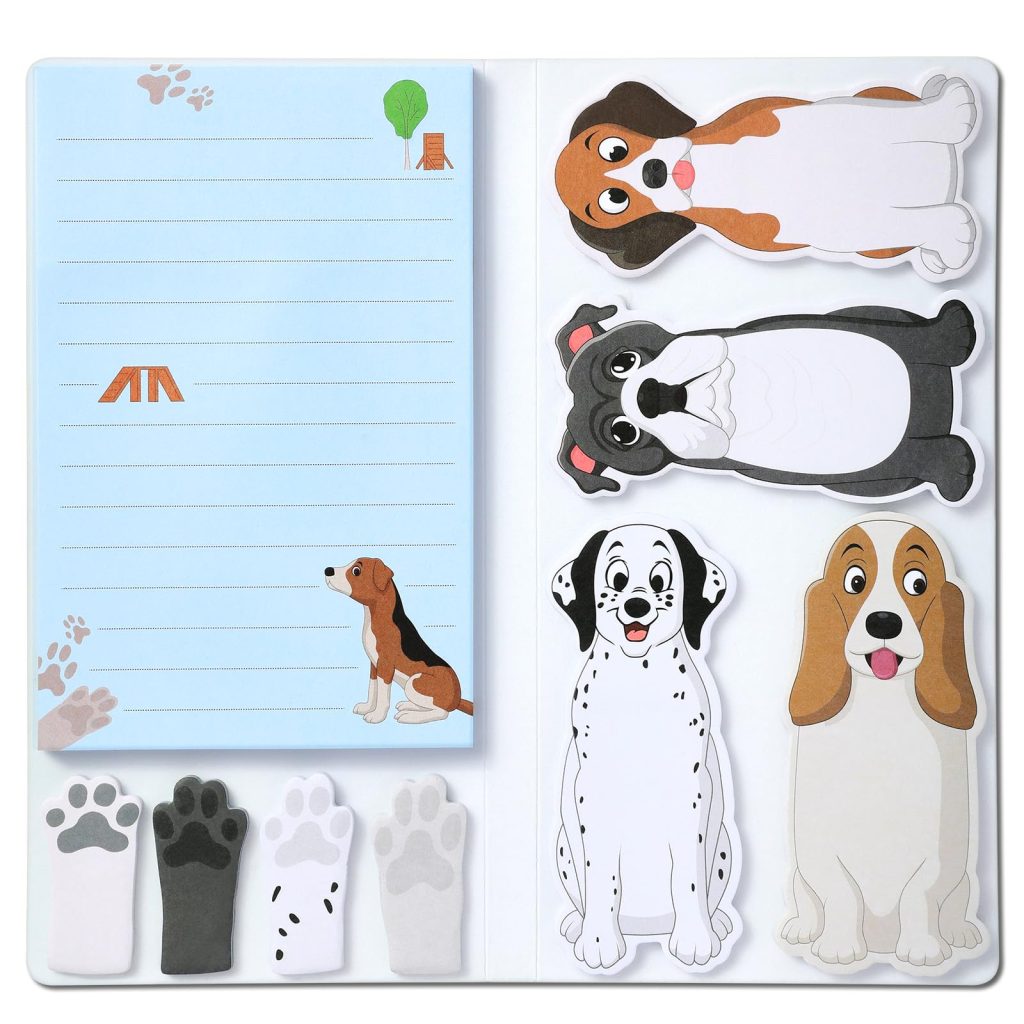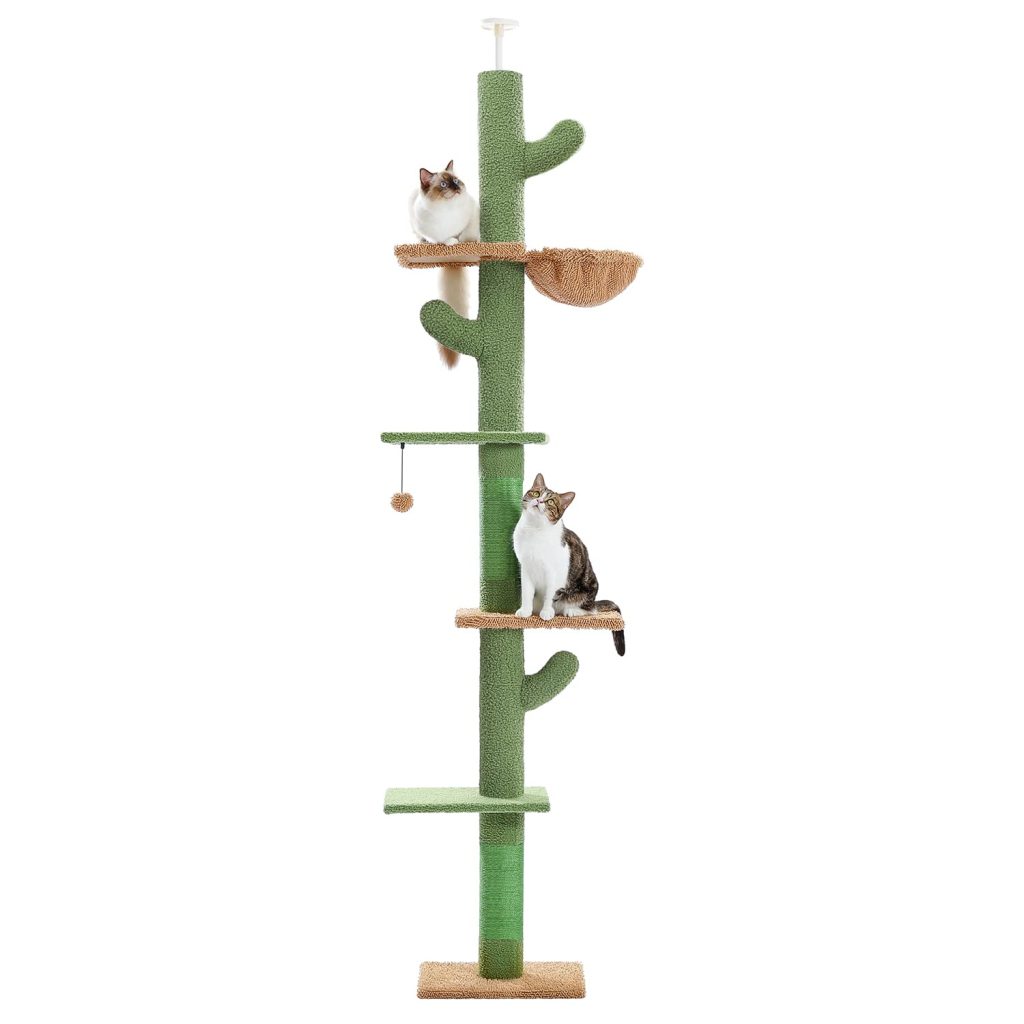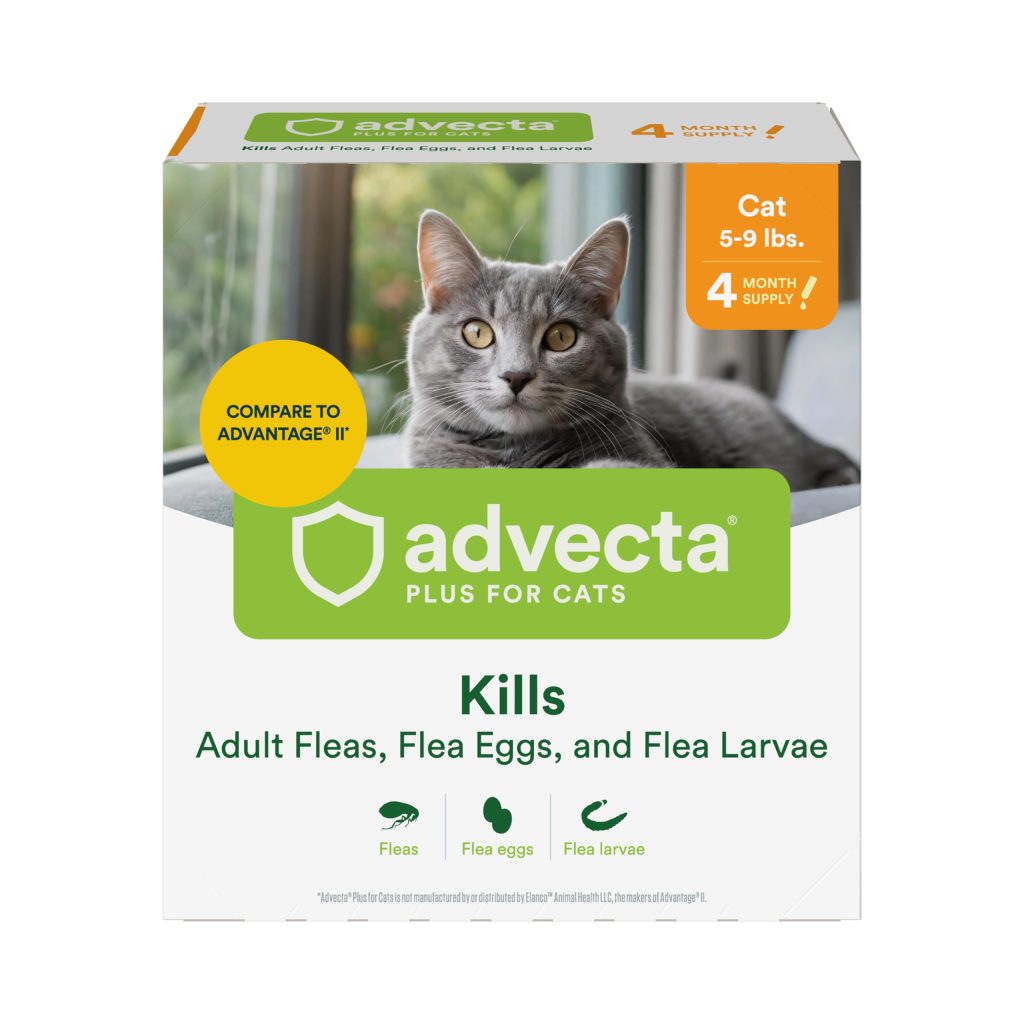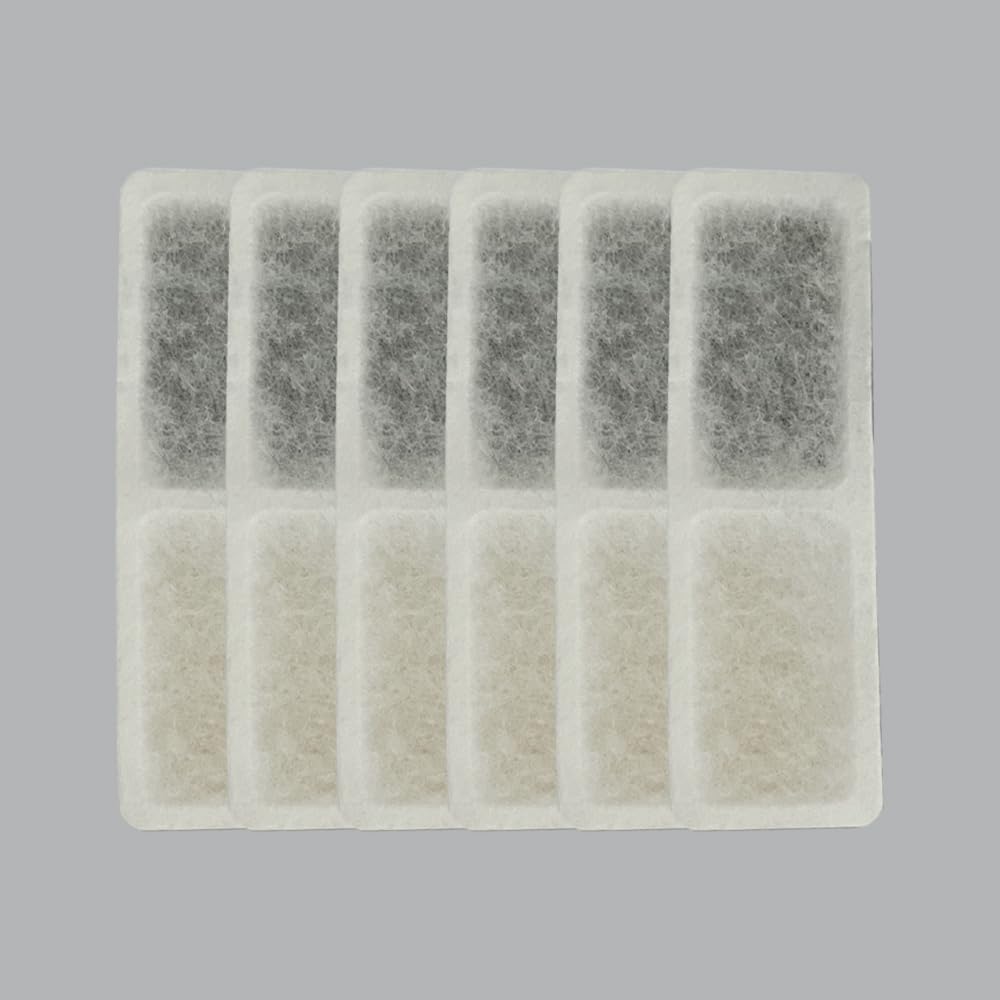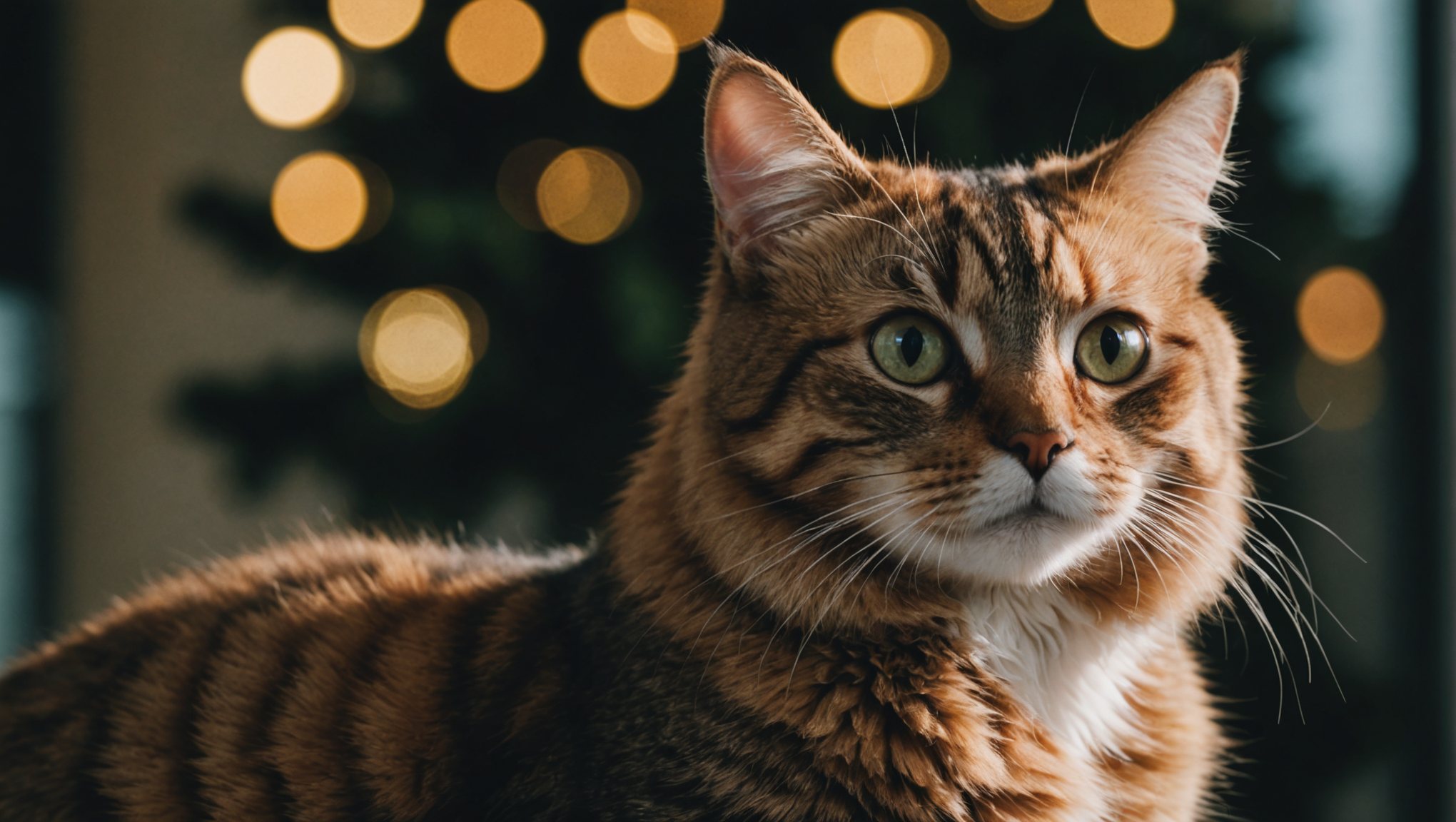
When delving into the fascinating world of feline coats, one must appreciate the remarkable diversity among them. Each type of cat coat not only defines the aesthetic charm of our beloved companions but also serves vital biological functions and influences grooming needs. Understanding the intricacies of these various coat types can empower cat owners to provide better care tailored to their furry friends’ specific requirements.
The most recognizable coat types include short, medium, and long-haired varieties, each presenting unique characteristics and grooming challenges. Short-haired cats, such as the sleek Domestic Shorthair, often have a dense and soft quality, reducing the amount of grooming required. While their upkeep may seem simpler, regular brushing is beneficial; it eliminates loose hair and helps reduce hairballs, promoting a healthy skin and coat.
Conversely, medium-haired breeds like the Maine Coon possess a luxurious mane, typically requiring more diligent grooming. Their semi-long fur often mats easily without proper maintenance, thus necessitating the use of a comfortable comb or brush at least two to three times a week. Regular grooming sessions not only enhance their physical appearance but also strengthen the bond between the cat and owner, making it a mutually enjoyable experience.
Long-haired cats, such as the majestic Persian, offer an entirely different set of grooming challenges. Their flowing locks can become a tangled mess without daily attention, and neglecting this responsibility can lead to painful mats and skin irritations. Invest in a quality slicker brush and a wide-toothed comb to help navigate through their dense fur, ensuring each strand is well-maintained while promoting optimal skin health. The role of grooming goes beyond aesthetics in these cases, as it directly impacts their comfort and emotional well-being.
In addition to these primary coat types, the texture of a cat’s fur—be it coarse or fine—can influence its grooming needs. For instance, breeds like the Abyssinian possess short, fine hair that often requires minimal brushing, while the Ragdoll, with its velvety, medium-length coat, flourishes with consistent grooming. Moreover, an understanding of the coat type allows for more effective management during seasonal shedding; for example, periodic baths might be appropriate for long-haired breeds to facilitate the removal of loose hair during molting periods.
Color plays a significant role in a cat’s coat as well, affecting not only visual allure but also grooming practices. Cats with darker coats, for instance, might show dirt more readily, necessitating more frequent brushes or baths. Conversely, light-colored breeds may be more prone to developing visible stains, requiring careful attention to hygiene. As the saying goes, “A clean cat is a happy cat,” and providing a regular grooming routine can help maintain the integrity of their coat while fostering their natural beauty.
The cut of the coat is yet another aspect, especially in mixed breeds and rescues, which may exhibit a unique blend of characteristics from various breeds. Recognizing these traits aids in crafting a personalized grooming strategy that aligns with the individual requirements of the cat, facilitating better overall care and fulfilling the owner’s obligation to their pet’s health and happiness.
Ultimately, understanding the nuances of cat coat types is an essential tool in every cat owner’s repertoire. Taking the time to learn about these distinctive characteristics can simplify the grooming process, alleviate common challenges, and substantially enrich the lives of cats as well as enhance the human-animal bond.
Understanding Coat Patterns
As we explore the intricate world of coat patterns, it becomes evident that these unique configurations serve not only as beautiful markings but also play significant roles in a cat’s identity and behavior. From the classic tabby to the striking tortoiseshell, each pattern brings its own captivating story, and recognizing these patterns can greatly inform an owner’s grooming regimen and overall care strategy. Understanding the nuances of each coat pattern and how they relate to grooming can help facilitate a stronger bond between the pet and the owner, promoting a sense of trust and comfort during grooming sessions.
To begin with, the tabby pattern, celebrated for its distinctive swirls and stripes, often contains a blend of colors that can mask dirt and debris to a certain extent. Although tabbies may appear less dirty than other patterns, they still require routine grooming activity. Regular brushing not only keeps their coats looking sharp but also allows an owner to spot early signs of skin issues—a crucial aspect as addressing issues promptly can prevent them from escalating. Using a gentle bristle brush can be particularly effective in maintaining the coat health of tabby cats, as it stimulates the skin and promotes natural oil distribution.
Tortoiseshell cats, adorned with mixed patches of black, orange, and cream, are often endearingly described as the “calico’s cousin.” Their beautiful patterns can be mesmerizing, yet they come with their own unique grooming challenges. The distinct color variances can make it easier for owners to notice any dirt accumulation or skin irritations, necessitating a meticulous grooming routine. Twice-weekly grooming sessions not only help in preventing matting due to their frequently medium-length fur but can also serve as quality bonding time. Tortoiseshells are known for their spirited personalities, and incorporating playful grooming games into the routine can enhance the overall experience for both cat and owner.
Calico cats, with their predominantly white coats interspersed with patches of orange and black, present another avenue for grooming consideration. Typically, their fur is longer, necessitating more frequent brushing to avoid tangling. A quality comb with both wide and fine teeth is indispensable for traversing their varied coat density. Additionally, it is essential to pay special attention to areas prone to matting, such as beneath the chin and in the armpits, where debris can accumulate easily, leading to discomfort. As with tortoiseshells, maintaining a calm and positive atmosphere during grooming is beneficial; perhaps incorporating treats or favorite toys to create associations of joy with grooming activities will yield more favorable outcomes.
Moreover, it’s important to consider the long-haired breeds that may display an array of patterns, further complicating grooming efforts. The classic example of the fluffy Norwegian Forest Cat can often showcase a range of patterns, from patches to classic tabby stripes. Their thick undercoat can hide knots, making it imperative to brush them daily to prevent mats and tangles. A slicker brush followed by a wide-toothed comb can work wonders in maintaining the integrity of their flowing fur. Always keep in mind that grooming time should be treated as a calm bonding experience; patience is key, and gentle detangling can ensure that the grooming process is a pleasant affair.
In addressing common grooming challenges, it is advisable to also think the seasonal changes that may affect shedding patterns. During spring and autumn, many cats undergo significant hair loss, highlighting the importance of adjusting grooming frequency accordingly. Special attention to hydration and diet can also play a vital role in maintaining a healthy coat during these times, making it essential to monitor their nutritional intake closely.
Ultimately, understanding and appreciating the remarkable diversity of coat patterns in felines especially important in optimizing their grooming routine. Each pattern presents its own set of characteristics, necessitating personalized care approaches that can lead to a healthier, shinier coat and a more harmonious relationship between you and your feline friend. As every pet owner knows, the journey of grooming is as rewarding as the destination; with patience, knowledge, and a touch of creativity, both you and your beloved cat can navigate through the intricacies of their grooming needs with grace and ease.
Common Cat Breeds and Their Coats
Caring for the coats of specific cat breeds goes far beyond merely brushing the fur; it constitutes a profound commitment to their health and well-being, tailored uniquely to their individual needs. Each breed’s coat characteristics dictate not only the frequency and type of grooming required but also highlight essential care strategies that go hand-in-hand with a cat’s lifestyle and temperament. Understanding this can transform grooming from a routine chore into an enriching activity that strengthens the bond between the owner and their feline companion.
Let us consider the Siamese, a breed known for its short, sleek coat that, while deceptively simple in maintenance, benefits from particular attention to keep its glossy finish. A basic soft bristle brush can help in removing loose hairs and dust, but an essential aspect of plumbing the depths of coat care lies in the nutrition provided to these elegant creatures. High-quality diets rich in omega fatty acids can bolster the shine of their coat and overall health. Additionally, regular interaction during grooming can help create a sense of security and trust, fostering a relationship that enriches both cat and owner.
On the other side of the spectrum, the luxurious Maine Coon boasts a thick, long coat that requires more intensive care. This breed’s fur is water-repellent, which is beneficial in its native habitat, yet can develop mats if neglected. Daily grooming is often necessary, using wide-toothed combs and slicker brushes to gently separate tangles and prevent discomfort. An invaluable tip is to establish a routine: incorporating grooming into the daily agenda can not only manage their coat’s health but also foster greatly appreciated moments of bonding. Moreover, owners should pay attention to the cat’s body language during these sessions; a relaxed, purring cat signals satisfaction, while sudden rigidity might indicate discomfort, suggesting the need for a gentler approach.
For long-haired breeds such as the Ragdoll, their stunning, soft coats often become tangled without diligent care. Setting a grooming regimen of at least every other day with a specialized detangling spray can help ease the process while maintaining their beauty. Special attention should be paid to sensitive areas—such as behind the ears and under the armpits—where mats can form more frequently. Engaging them with gentle praise, treats, or toys can turn this task into a delightful interaction rather than a laborious obligation, making them more compliant and relaxed throughout the grooming process.
Felines like the British Shorthair possess dense, plush coats that are not only visually stunning but also require regular attention. While their grooming may appear less demanding than that of long-haired breeds, a solid brushing routine of once a week is still advisable. This practice not only reduces shedding and hairballs but also enables owners to monitor their cat’s skin condition closely, addressing any potential irritations or infestations early on. Incorporating a treat after a grooming session can serve as positive reinforcement, reinforcing a pleasant, proactive grooming experience.
While neglecting grooming responsibilities can lead to discomfort and health issues, owners should also be mindful of their cats’ emotional responses. Approaching grooming with care and patience, offering breaks when needed, and recognizing signs of stress can make a world of difference. As the renowned animal behaviorist John Bradshaw once remarked, “Cats’ needs are simple; they require less than is generally assumed.” Keeping this in mind and aligning grooming practices with a cat’s specific needs will not only enhance their physical appearance but also ultimately enrich their emotional landscape, creating a more harmonious living environment.
In essence, understanding how to care for various cat breeds and their coats effectively empowers owners to provide tailored grooming that meets both functional and emotional requirements. By establishing routines, using appropriate tools, and, most importantly, ensuring that grooming sessions remain a source of comfort and connection, owners can contribute significantly to the health and happiness of their feline friends. As owners embark on this journey of care, they will discover that grooming is not merely a matter of appearance; it’s an integral part of the feline experience that fosters a deep, affectionate bond, ultimately resulting in a joyful relationship that celebrates the unique spirits of each individual cat.
Caring for Your Cat’s Coat
When it comes to promoting the well-being and health of your feline companion, grooming transcends mere vanity; it is an indispensable practice that nurtures both physical and emotional health. Establishing a consistent grooming routine tailored to your cat’s specific coat type not only enhances their appearance but also significantly contributes to their overall comfort and happiness.
Regular grooming sessions can be particularly beneficial in reducing shedding, thereby preventing the formation of hairballs—an all-too-common concern among cat owners. Depending on the coat type, frequency may vary: short-haired breeds might only require brushing once a week, while long-haired varieties may demand daily attention. During these grooming sessions, pay close attention to the state of your cat’s skin. Look for signs of irritation, dry patches, or parasites, as these issues can often be detected much earlier during grooming than during casual petting. As the adage goes, “An ounce of prevention is worth a pound of cure,” and being proactive can save your feline friend from discomfort later on.
Furthermore, the grooming tools you choose can have a profound impact on the experience. Opt for a brush that complements your cat’s coat type. For instance, a slicker brush is ideal for long-haired breeds, as it effectively removes tangles without pulling on the skin. Meanwhile, a rubber curry brush serves to attract loose hair and distribute natural oils among short-haired cats. Using tools that are both effective and comfortable minimizes stress for your cat, transforming grooming from an arduous task into a pleasurable ritual shared between you and your pet.
In addition to brushing, occasional bathing can play a significant role in maintaining a clean coat, particularly for breeds prone to oiliness or excessive dirt accumulation, such as the Ragdoll or Persian. Using a premium cat shampoo designed specifically for felines ensures that their delicate skin is not overly stripped of essential oils. Furthermore, regular bathing can also help address odors, while creating a soothing environment can turn bath time into an enjoyable bonding activity. The key is to associate grooming practices like bathing with positive experiences—treats, gentle praise, and playtime before or after can create lasting associations of comfort and security.
Recognizing the mental and emotional dimensions of grooming is equally crucial. Creating a serene environment during grooming sessions can enhance your cat’s trust levels and transform them into delightful shared moments rather than obligatory chores. Engaging in soothing conversations or gentle strokes, combined with clear, calm energy, fosters an atmosphere of safety and relaxation, allowing your cat to feel cherished and secure. Additionally, ensuring that grooming takes place in a clutter-free space with minimal noise helps create a tranquil experience, thereby encouraging cats to revel in the attention rather than recoil from it. Remember, grooming should be a collaborative endeavor; patience is essential as you build trust, transforming anxiety into delight.
Moreover, integrating grooming into your cat’s daily routine can yield long-term benefits. For many cats, routine creates comfort; fostering the expectation of daily or weekly grooming promotes acceptance and reduces resistance over time. Establishing a ritualistic approach also encourages proactive health checks—utilizing this time to examine their ears, eyes, and body can aid in detecting any changes or abnormalities that may warrant a veterinarian’s attention. As the saying goes, “A healthy cat is a happy cat,” and this preventative layer of care enhances well-being while deepening the bond between you and your feline friend.
The art of grooming is a multifaceted practice that encompasses physical care, emotional bonding, and preventative health measures. Equipping yourself with the right tools, creating a calm environment, and customizing the approach according to the coat type not only ensures that your beloved cat’s coat remains radiant, but it also fosters a profound connection that enhances both your lives. Ultimately, embracing this rhythmic journey into grooming will yield not just a healthy coat, but a rich tapestry of shared moments filled with trust and affection, which serves as the foundation of your enduring relationship.
